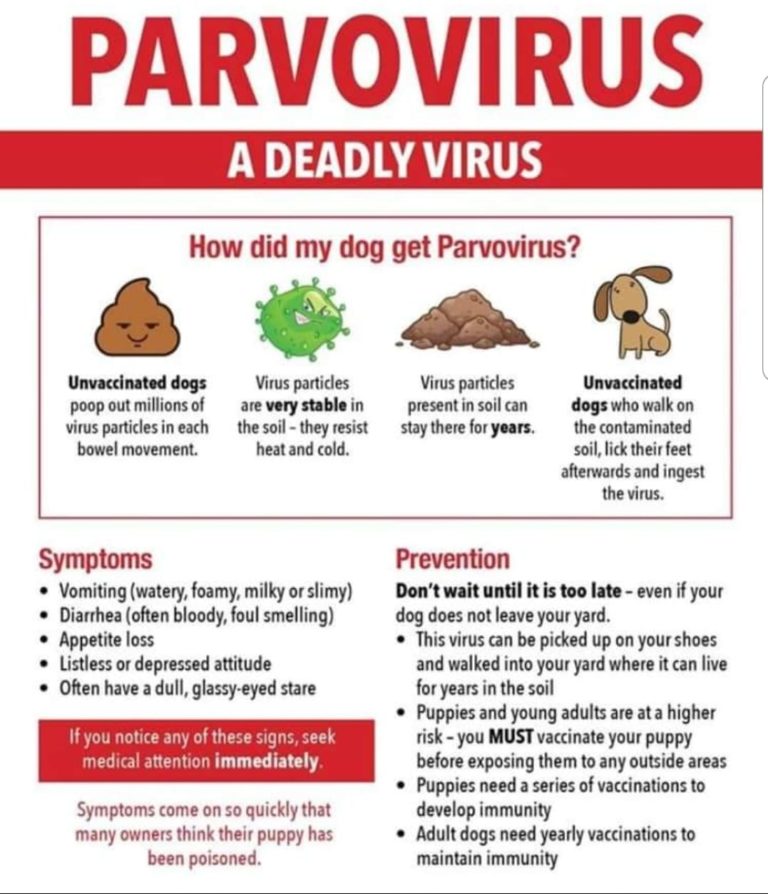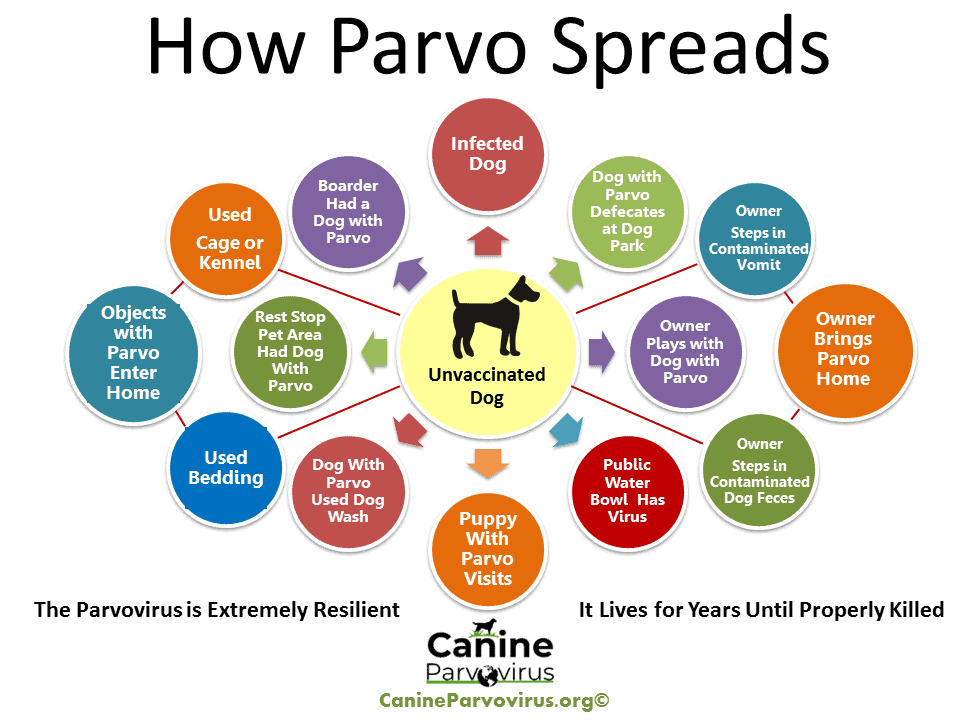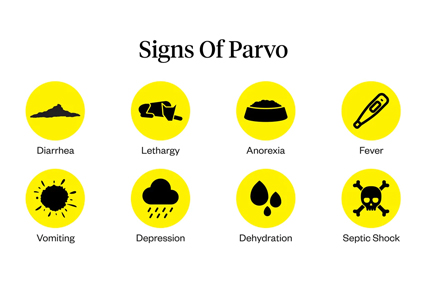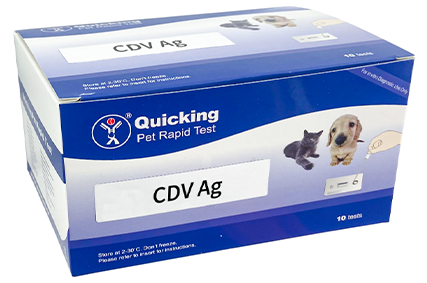Parvo is the canine parvovirus (CPV) infection, and it is a highly contagious viral disease in dogs. There are two different forms that this disease can take. The most common type is the intestinal form. This has symptoms such as diarrhea, vomiting, lack of appetite, and weight loss.
The least common type of the virus is the cardiac form, which causes the heart muscles to malfunction. The virus affects the muscles of the hearts of very young puppies and fetuses. It often causes death in the dogs.
A dog will usually get the CPV infection when it is around six weeks to six months of age. The good news is that early vaccination in young dogs has reduced the risk of them getting it.

Causes of CPV
Many times, CPV is caused by an alteration of the original parvovirus. There are several risk factors that can increase your canine’s susceptibility to the disease. However, the main cause of CPV is contact with an infected dog or indirectly.
An infected dog has heavy concentrations of the virus in its stool. When a healthy dog smells an infected dog’s bottom, the healthy dog can become sick. Shoes that have contacted infected stool can also bring the virus to the dog’s environment.

Symptoms of the Parvo Virus
The intestinal form of the virus has several major symptoms. The dog may have severe or bloody diarrhea, along with vomiting and fever. Because of this, the dog may begin to rapidly lose weight. The lack of appetite does not help the problem. Overall, your dog may feel lethargic all or most of the time.
Your dog will be less likely to be able to absorb nutrients when it has CPV. Your dog may become weak and dehydrated from a lack of fluids and protein. Your dog’s heart might beat too rapidly, and the tissue may be very red.
When your dog’s vet examines the abdominal area, your dog might feel discomfort or severe pain in the area. Fever is a possibility with CPV, but low body temperature is just as possible. You will want to keep your pet warm.

Preventing CPV
There is some evidence that the CPV virus can live in the dirt for as long as a year. The virus resists most cleaning products and weather changes. If you need to clean an area that has been contaminated by parvovirus, you should first clean up all of the organic matter. This includes vomit, stool, and other matter. Then you should use a concentrated bleach to clean the virus. This is one of the few types of substances that can kill the virus.

Copyright © Quicking Biotech Co., Ltd. All Rights Reserved Sitemap |